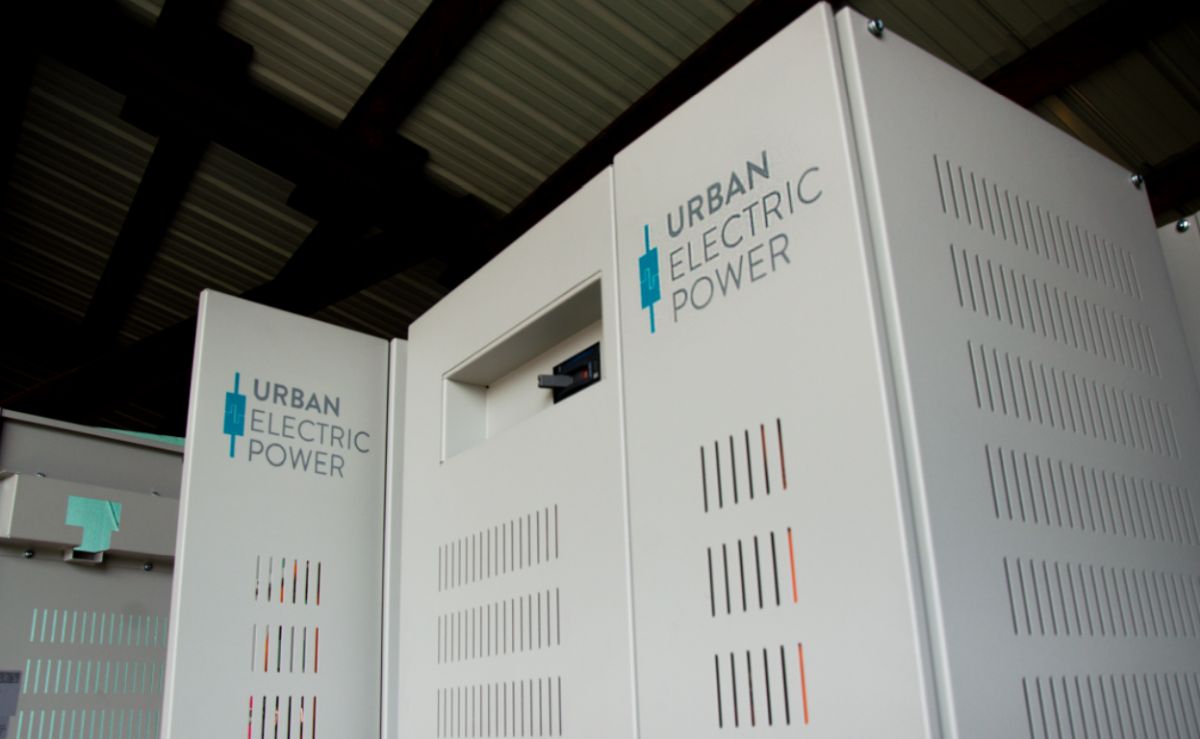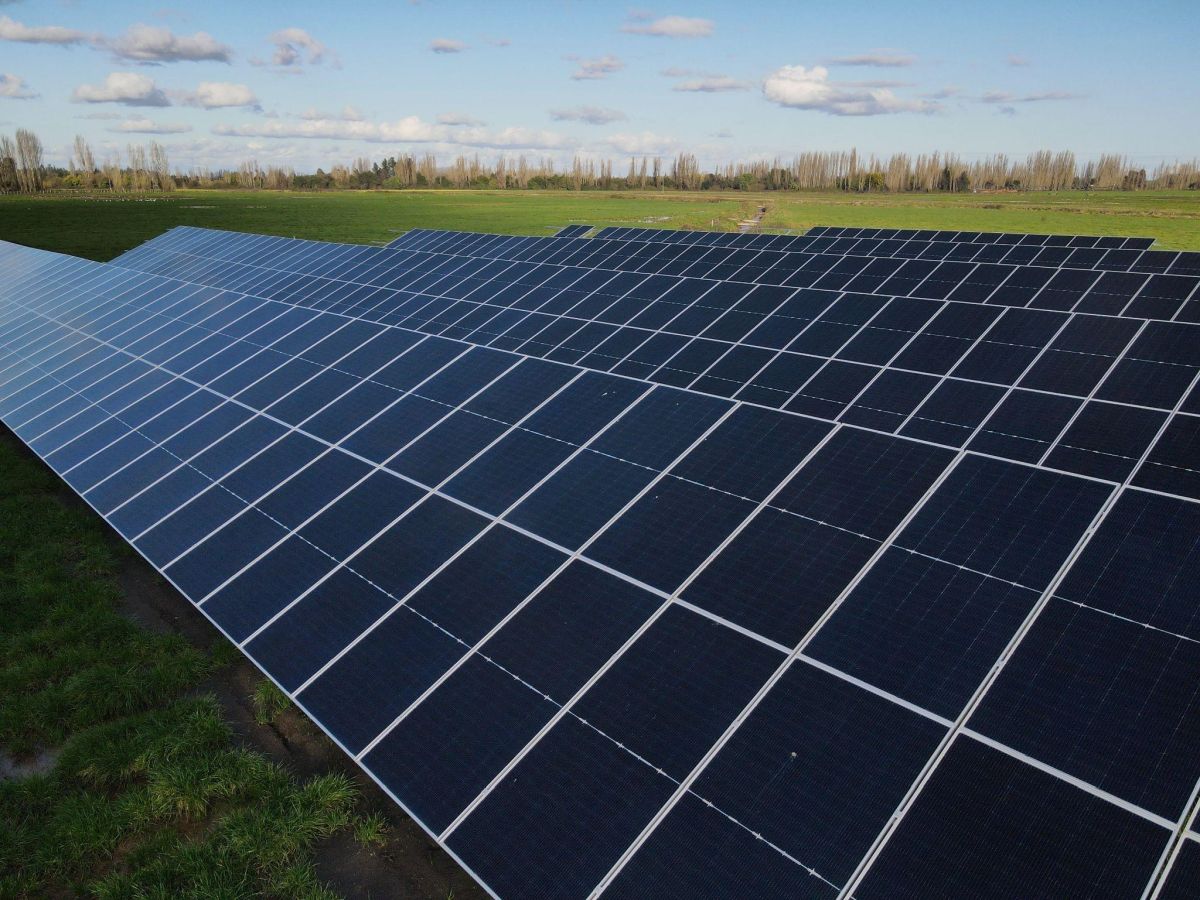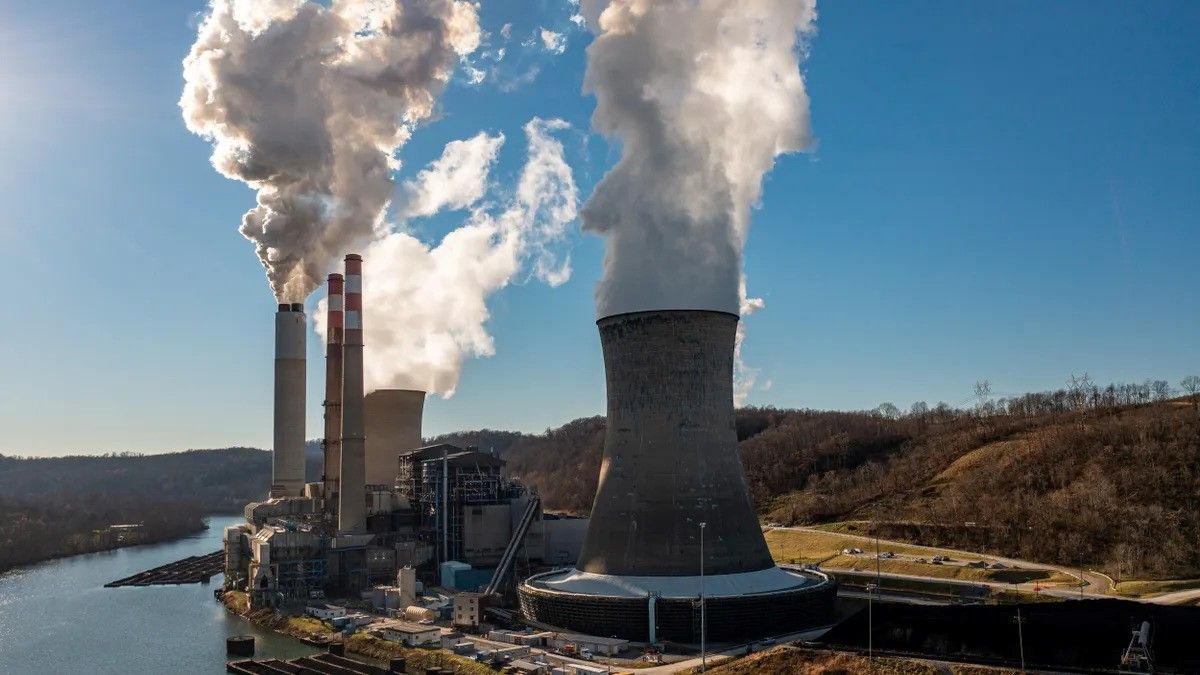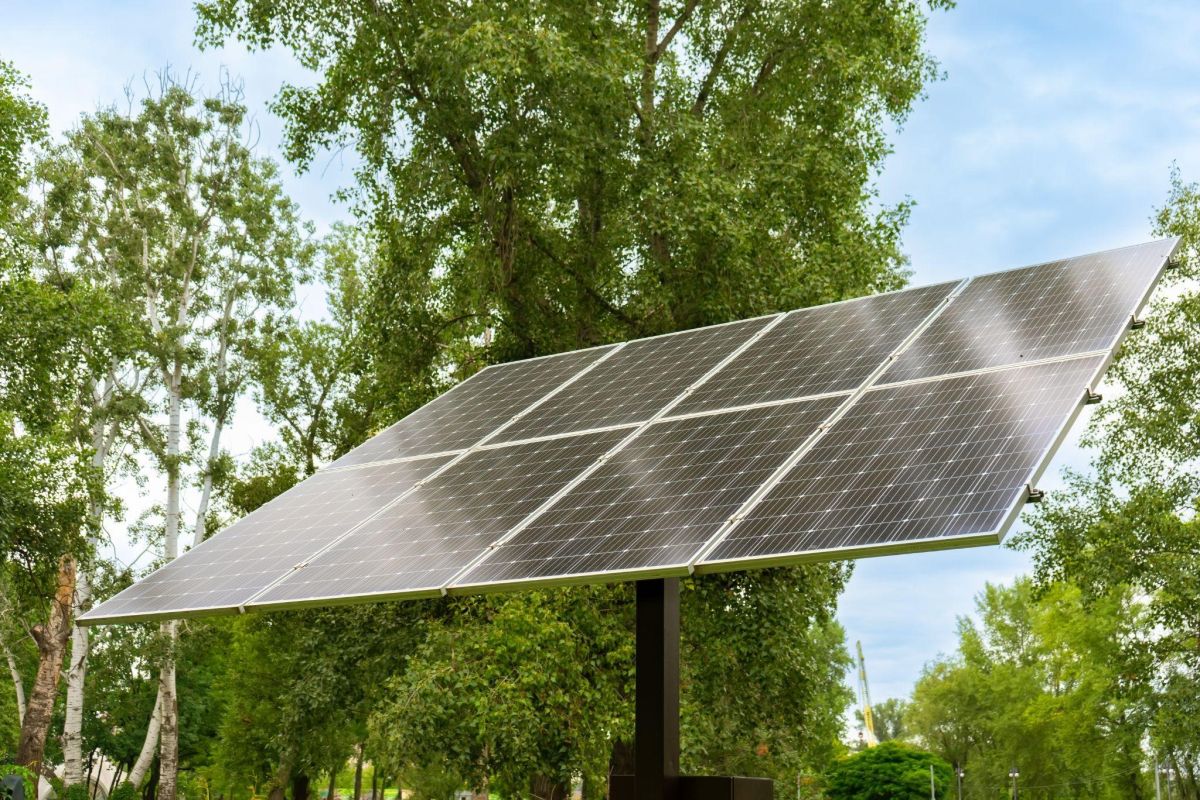WWW.UTILITYDIVE.COM
California regulators could vote in May on a proposal to reject Pacific Gas & Electric’s plan to create a separate company with 5.6 GW in non-nuclear generating assets in an effort to raise capital.
Pacific Gas & Electric supplied its retail customers entirely with emissions-free electricity last year, the utility said Monday.
The power supply comprised 53% nuclear power from PG&E’s Diablo Canyon generating station; 34% from eligible renewable resources, such as wind and solar; and 13% hydropower, according to the San Francisco-based utility.
Utility-scale solar is the largest part of PG&E’s renewable energy portfolio, according to the utility. It has power purchase agreements for more than 6 GW of solar, it said.
PG&E said as of March it has brought online more than 2.1 GW of battery storage to help integrate renewable resources and bolster grid reliability, with an additional 772 MW set to come online later this year and nearly 690 MW in 2025.
At the start of this year, PG&E’s customers had 670 MW of behind-the-meter battery storage systems – 35% of all U.S. behind-the-meter storage capacity, according to the utility.
“We’re proud of our clean energy leadership, but we know there is more to do to ensure that clean energy is available at all times of the day and all seasons of the year,” Patti Poppe, PG&E Corp. CEO, said. “By unleashing the full potential of battery storage to integrate additional greenhouse gas-free sources of electricity, we will continue to reduce emissions across our energy system and make progress toward our goal of net-zero emissions by 2040 at the lowest possible cost.”
Generation spin-off hits snag
Meanwhile, PG&E has hit a snag in its plan to spin off its non-nuclear generating assets, totaling 5.6 GW, into a separate company called Pacific Generation and sell up to a 49.9% stake in the new company to one or more investors.
A California Public Utilities Commission administrative law judge issued a proposed decision last month that would reject PG&E’s plan. The utility failed to show the plan is in the public interest, in part because PG&E didn’t provide “substantive analysis” to support its claim that the proposed transaction will be a better way to raise equity capital compared with other options, Judge Sophia Park said.
Also, PG&E failed to show the transaction wouldn’t lead to an overall rate increase, according to the proposed decision, which the PUC could consider at its May 9 voting meeting. The proposed decision was on the PUC’s consent agenda for its April 18 meeting – indicating the agency was prepared to approve the proposal – but it was held over to the next meeting.
Earlier this month, PG&E and Pacific Generation asked the PUC to hold a second phase in its review of the utility’s application so it can respond to the proposed decision.
In a second phase, PG&E and Pacific Generation would provide the executed minority sale agreement, indicative credit ratings for Pacific Generation and PG&E, information on the minority investor, and pro forma tariffs and joint tariffs for Pacific Generation and PG&E implementing the proposed transaction, they said.
“This additional information will allow the Commission to confirm, among other things, that Pacific Generation will have a higher credit rating, which will result in a lower cost of debt and generate significant customer savings, that the transaction price will yield more efficient capital for infrastructure investments than an equity issuance by PG&E’s parent, that the terms and conditions of the implementing agreements ensure that PG&E will maintain control of operations and investment planning for the generation assets, and that the minority investor supports California’s energy vision and brings significant long-term capital resources for investment in critical generation enhancements that PG&E is not otherwise in a position to prioritize,” the companies said.
Various groups, including the Energy Producers and Users Coalition, oppose PG&E’s proposed transaction.
“The record evidence shows that the proposed transaction would allow PG&E to raise a portion of equity capital in a manner that is beneficial to shareholders and large investors, but largely adverse to ratepayer interests,” the coalition said in comments to the PUC earlier this month. EPUC represents California Resources, Chevron USA, PBF Holding, Phillips 66 and Tesoro Refining & Marketing.



















